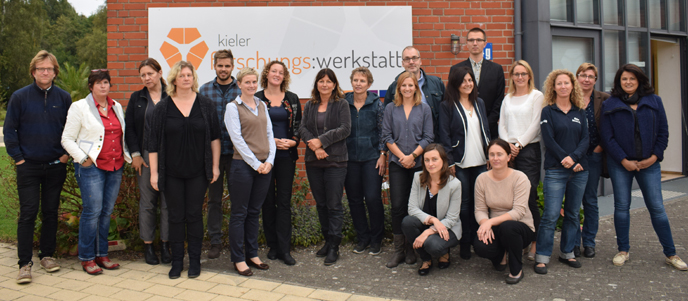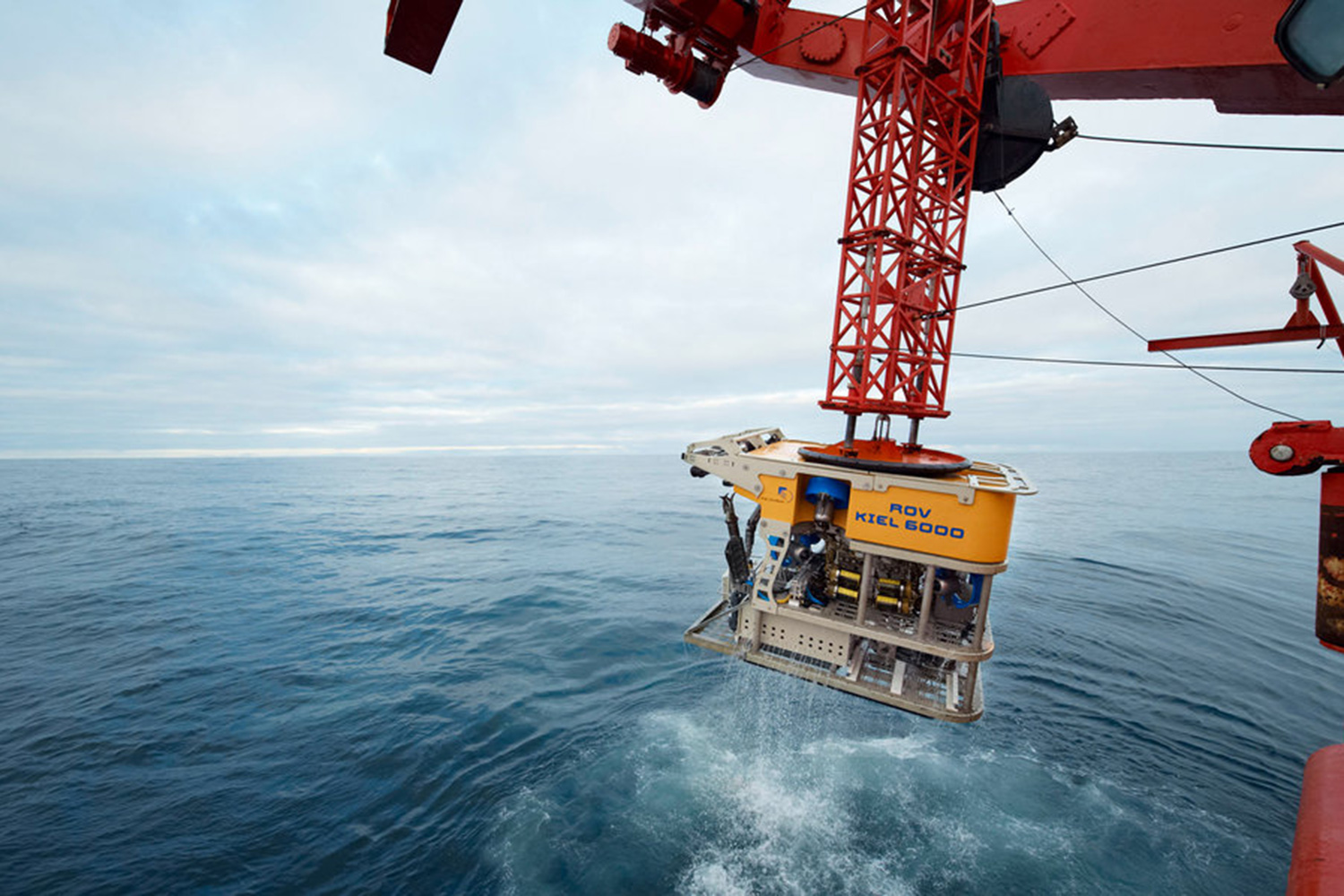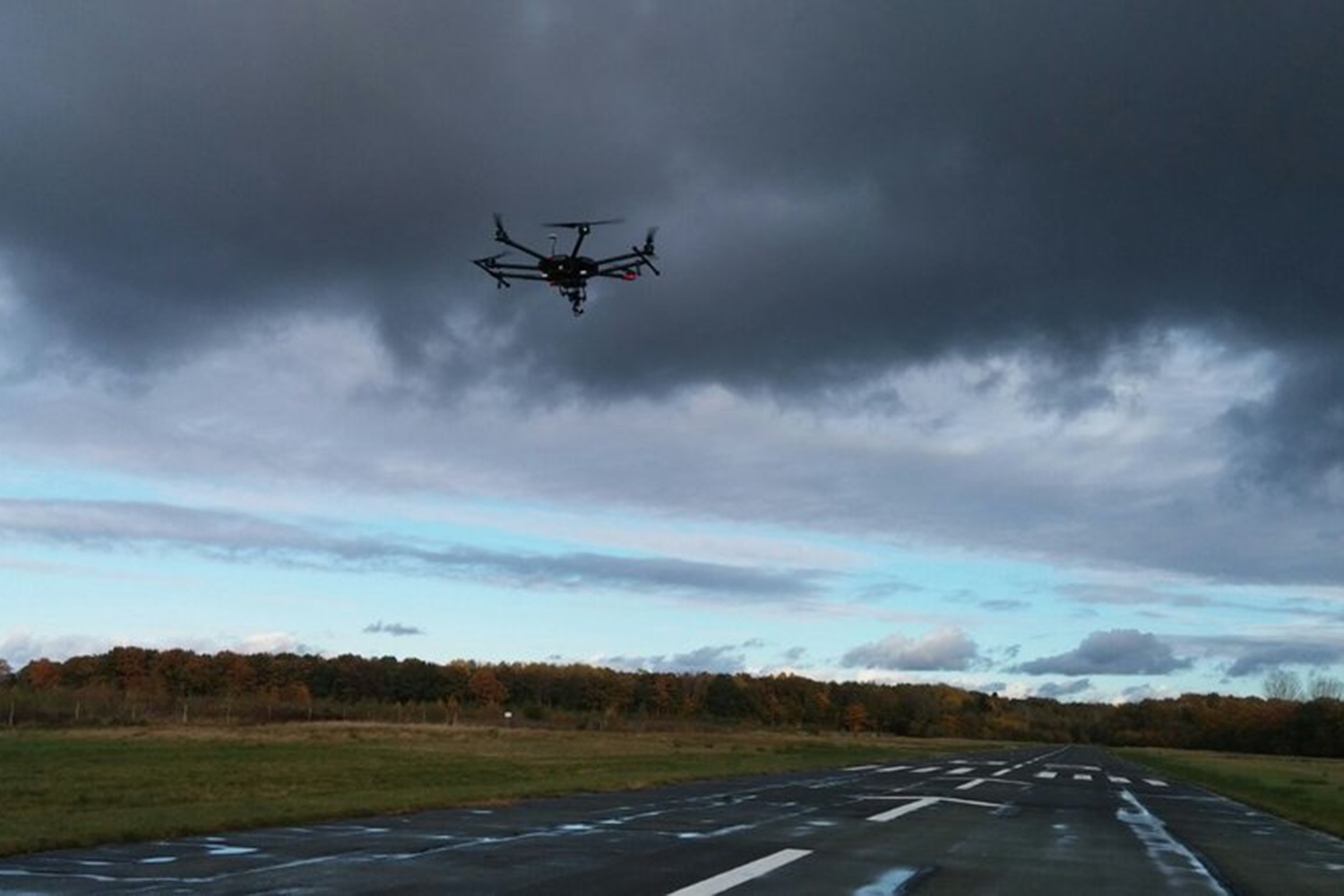From northern Norway to Mauritania huge coral reefs extend off the coasts of Europe and North Africa. Unlike tropical corals, which grow a few meters below the water surface, these cold-water corals occur at depths of 200 up to 1.000 meters. In some regions they have created over millions of years carbonate mounds up to 300 meters high. However, until recently it was unknown which environmental conditions are ideal for cold-water corals. Only a few years ago paleo-oceanographers of the GEOMAR Helmholtz Centre for Ocean Research Kiel had shown by means of new observational data that the current cold-water corals prefer a certain density layer in the seawater.
Now, the same research team reconstructed the up and downs of this density layer over the past two and a half million years. Afterwards they compared it with the development of fossil carbonate mounds. In a study recently published in the international journal Paleoceanography they showed that the cold-water corals were dependent on the same density values of water during the whole time. "Since the depth of this zone varied greatly as a result of natural climate variability, these variations impacted directly on the occurrence of the corals in the North Atlantic," says Dr. Andres Rüggeberg, lead author of the study, who is currently working at the University of Fribourg in Switzerland.
For their study the scientists used cores from an ancient coral mound that lies in the Porcupine Seabight, a deep-water ocean basin with water depths of 400 up to 3.000 meters located on the continental margin off the coast of Ireland. The cores were gathered in 2005 with the scientific US drillship JOIDES RESOLUTION as part of the Integrated Ocean Drilling Program (now the International Ocean Discovery Program, IODP).
With the help of precise isotope analysis in the laboratories of the GEOMAR the scientists accurately determined the age of the individual stages of the mounds' construction as well as the density of the surrounding sea water for the past 2.7 million years. So the scientists were able to synchronize phases where the hills grew fast or slow with the respective depth of the specific density layer. "If the layer was at the top of a hill, the corals flourished particularly well and the hill grew rapidly. On the other hand, if the layer moved up or down the hill grew only slowly or not at all," says Dr Sascha Flögel from GEOMAR, co-author of the study.
The results improve the knowledge about the cold-water corals and the Porcupine Seabight in two ways. "Now we are able to reconstruct the history of the different ocean currents and water levels in the region more precisely," says Dr Rüggeberg. His colleague Dr Flögel adds: "At the same time the study shows how sensitive corals react to environmental changes. Since water temperatures play a key role for the density, a warming of the seawater could significantly affect coral growth."
Reference:
Rüggeberg, A., S. Flögel, W.-C. Dullo, J. Raddatz, V. Liebetrau (2016): Paleoseawater density reconstruction and its implications for cold-water coral carbonate mounds in the northeast Atlantic through time. Paleoceanography, 31(3), 365–379, http://dx.doi.org/10.1002/2015PA002859
Links:
www.iodp.org Das International Ocean Discovery Program
Contact:
Jan Steffen (GEOMAR, communication & Media), Tel.: 0431 600-2811
presse@geomar.de
…



